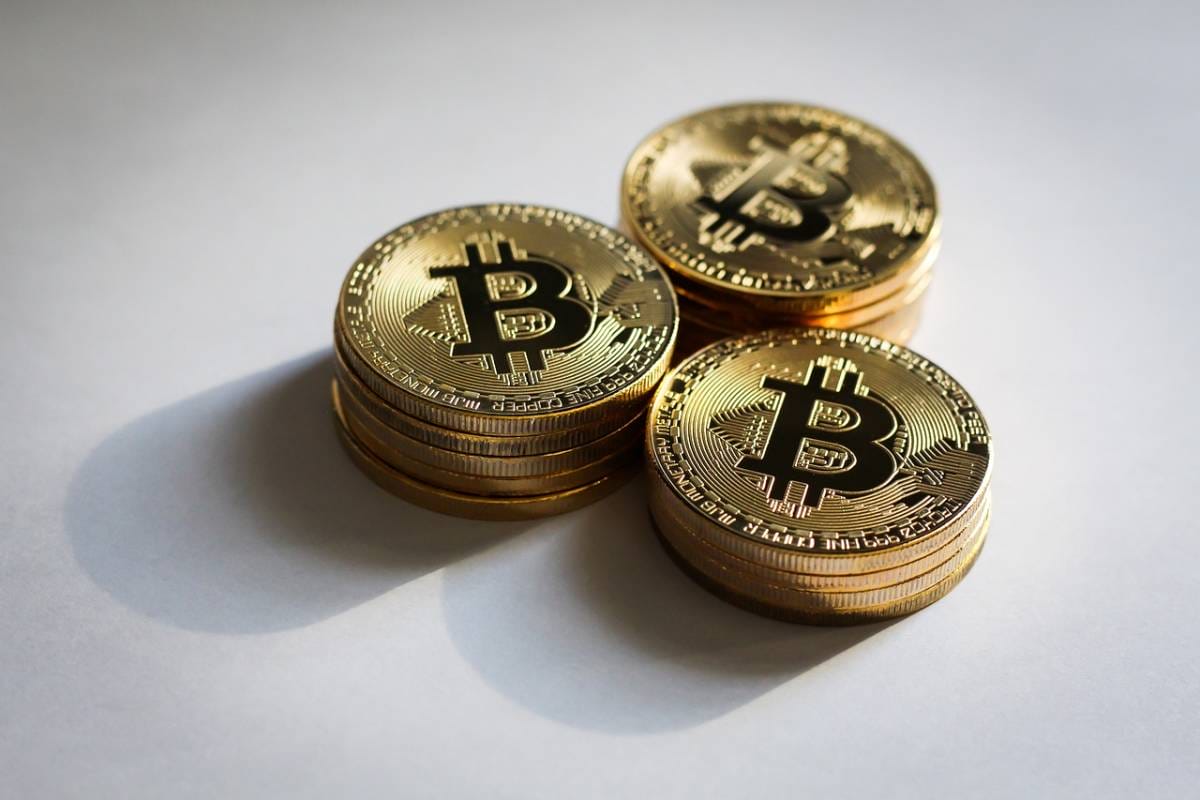Bussiness
How McDonald’s can learn from other fast-food giants in recovering from the deadly E. coli outbreak
- McDonald’s Quarter Pounders have been linked to an E. coli outbreak in several states, the CDC said.
- McDonald’s said it will temporarily remove the burgers from its menus in affected areas.
- Other fast-food chains have recovered from similar food safety crises before.
A deadly E. Coli outbreak has been linked to the McDonald’s Quarter Pounder.
So far, one person has died, and 10 others have been hospitalized in connection with the outbreak, which impacted 49 people across 10 states, the Centers for Disease Control and Prevention said Tuesday. McDonald’s said it believes the outbreak may be linked to the slivered onions used on its Quarter Pounder.
The fast-food chain said it is temporarily taking the burger off the menu in several states.
“Negative food safety news is never welcomed by restaurants operators, especially those working to improve the brand image after getting off-sides on consumer affordability in recent years,” Jon Tower, an analyst at Citigroup, said in a note to clients, according to Bloomberg.
Tower said McDonald’s outlook depends on the company’s response, which should include taking responsibility, controlling the outbreak, and overcorrecting on food safety, the outlet reported.
Examining how other fast-food giants have recovered from recent health-related crises might also provide insight into how McDonald’s will try to recover from the incident.
How Chipotle and Wendy’s came back from health-related problems
Several fast-food brands have bounced back from food-safety incidents before.
One of those is Chipotle, the fast-casual Mexican chain that McDonald’s had a 90% stake in until 2006.
In 2015 and 2016, hundreds of customers reported becoming ill after eating at Chipotle outlets. Chipotle’s stock price plummeted, and the company eventually agreed to pay a $25 million fine to settle criminal charges related to outbreaks that impacted 1,100 people between 2015 and 2018.
But less than five years later, the company and its stock price had recovered. So what did Chipotle do?
In 2016, the company announced a spate of new food-safety protocols — such as rinsing produce multiple times and putting stickers on food storage containers to indicate when they were sanitized — and hired James Marsden, a professor from Kansas State University, to serve as executive director of food safety.
In 2017, Chipotle announced its founder, Steve Ells, would be stepping down as CEO in favor of someone with “demonstrated turnaround expertise.” In 2018, Brian Niccol, currently the CEO of Starbucks, took over as the CEO of Chipotle after a successful stint at the helm of Taco Bell.
Niccol told The New York Times in 2019 that Chipotle had become “an industry leader” in food safety, adding: “We’re doing some really progressive things on the food safety front, and we’re going to have to, because we’re going to stay committed to using real ingredients.”
Chipotle’s recovery may also have hinged on expanding the business in areas unrelated to food safety. “They are exceptional in how well the brand has capitalized on digital ordering,” Sara Senatore, a Bernstein analyst who followed Chipotle, told the Times in 2019.
Wendy’s dealt with a similar situation. Between July and August 2022, Wendy’s restaurants were linked to an E. coli outbreak in six states, per the CDC. A total of 109 people were infected, with 52 hospitalized. No deaths were reported.
An investigation into the incident was unable to determine the specific food source responsible for the outbreak, but 46 people reported eating romaine lettuce served on the burgers and sandwiches before falling sick, per the CDC. As a precaution, the fast-food chain removed romaine lettuce from menu items in the affected states.
Despite the E. coli outbreak, the company’s US sales jumped 7.7% in the third quarter of 2022, compared with the year prior.
In its latest corporate responsibility report, published in May, Wendy’s said it was committed to continuously improving its food safety standards and operational procedures and has conducted over 12,000 Food Safety Assessments in its restaurants worldwide.
What McDonald’s should do
The McDonald’s case differs from similar incidents at other fast-food chains primarily due to the iconic status of the Quarter Pounder, Alexandra Leung, the founder of Monogic, an F&B marketing and PR agency in Singapore and Hong Kong, told Business Insider.
“As a classic menu item, any food safety issue involving the Quarter Pounder could significantly impact consumer trust and brand reputation, making it a more sensitive issue for McDonald’s,” she said.
The Quarter Pounder is important to McDonald’s menu — and to its brand more broadly. Menu “classics” like the Quarter Pounder have made up a bulk of food sales in McDonald’s top markets in recent years. The company’s stock price tumbled nearly 10% in after-hours trading on Tuesday, following the news.
However, Leung said the company’s well-established food safety management system and history of rigorous supplier audits may allow for a more effective response.
The fast-food chain will also have to conduct thorough audits of its suppliers’ practices, she said.
In addition to continuing the product recall of the affected items, McDonald’s should also communicate clearly with their customers throughout the process, Leung said.
“Clear messaging about the steps being taken to ensure food safety is vital. This proactive approach will help reassure customers that their health is a top priority,” Leung said. “Transparency is crucial in rebuilding trust with customers, as it demonstrates accountability and a commitment to their safety.”








